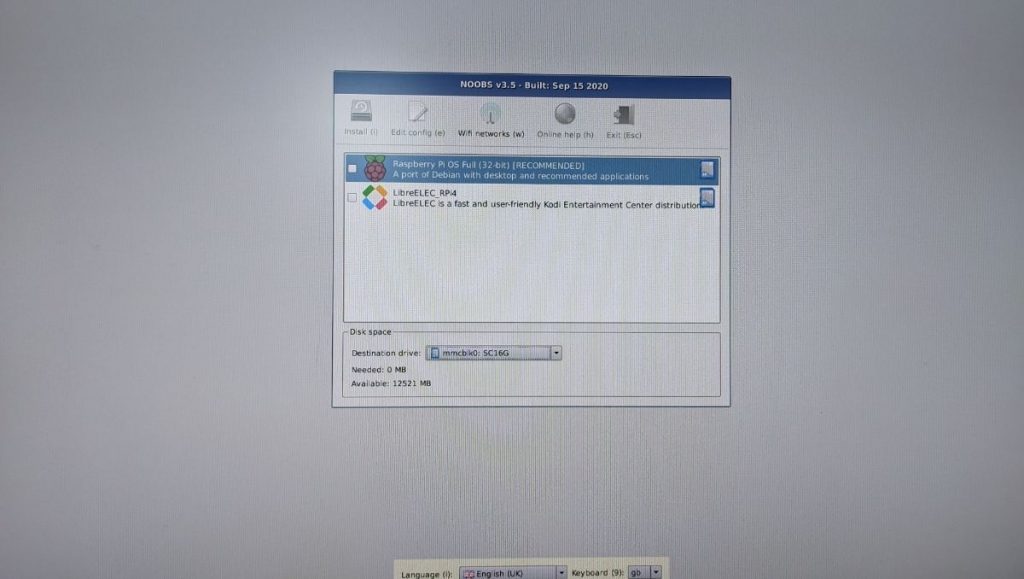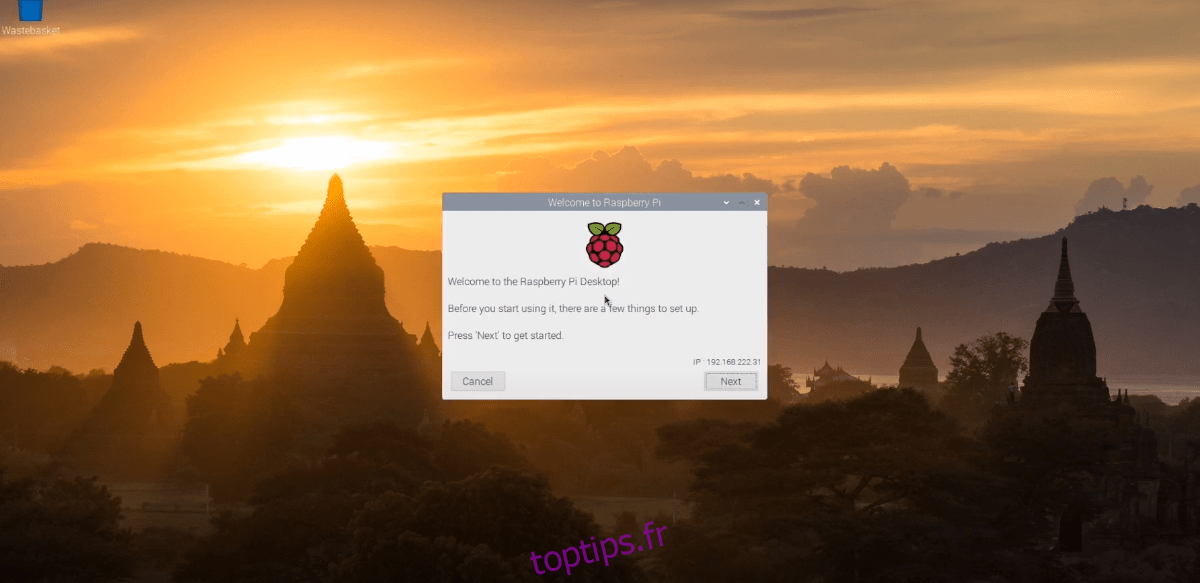
- #RASPBERRY PI OS INSTALLER INSTALL#
- #RASPBERRY PI OS INSTALLER DOWNLOAD#
- #RASPBERRY PI OS INSTALLER FREE#
(note: the libboost 1.58 available through apt-get is not compatible with librosconsole when you are using GCC 8, the solution is to build boost 1.58 from source using GCC 8, or use a previous version of GCC for the entire build of ROS.

To fix this error try installing boost 1.58 manually. This is because rospack version used in Kinetic is dependent on boost 1.58. Note: On Raspbian Buster the compilation may fail with "'boost/tr1/unordered_set.hpp' file not found". Once you have completed downloading the packages and have resolved the dependencies, you are ready to build the catkin packages.
#RASPBERRY PI OS INSTALLER FREE#
Feel free to reinstall VTK7, and your other packages, right after rosdep finishes.) Simply use sudo apt-get remove libvtk7-dev libvtk7-qt-dev to get rid of VTK7 related packages before calling rosdep again.
#RASPBERRY PI OS INSTALLER INSTALL#
(rosdep may fail to install VTK6 if you have installed anything that requires VTK7, such as libpcl, from apt-get. Finally, the -y option indicates to rosdep that we don't want to be bothered by too many prompts from the package manager.Īfter a while rosdep will finish installing system dependencies and you can continue. The -rosdistro option is required because we don't have a ROS environment setup yet, so we have to indicate to rosdep what version of ROS we are building for. The -ignore-src option indicates to rosdep that it shouldn't try to install any ROS packages in the src folder from the package manager, we don't need it to since we are building them ourselves. The -from-paths option indicates we want to install the dependencies for an entire directory of packages, in this case src. Then it will recursively install the dependencies. This will look at all of the packages in the src directory and find all of the dependencies they have. $ rosdep install -y -from-paths src -ignore-src -rosdistro kinetic -r -os=debian:buster $ rosdep install -y -from-paths src -ignore-src -rosdistro kinetic -r -os=debian:jessie $ rosdep install -y -from-paths src -ignore-src -rosdistro kinetic -r -os=debian:stretch The remaining dependencies should be resolved by running rosdep: Note: If you have problems, you can skip collada_urdf using the following generator: $ rosinstall_generator desktop -rosdistro kinetic -deps -wet-only -exclude collada_parser collada_urdf -tar > kinetic-desktop-wet.rosinstall

The -j8 option downloads 8 packages in parallel.
#RASPBERRY PI OS INSTALLER DOWNLOAD#
The command will take a few minutes to download all of the core ROS packages into the src folder. This will add all of the catkin or wet packages in the given variant and then fetch the sources into the ~/ros_catkin_ws/src directory. $ wstool init src kinetic-desktop-wet.rosinstall $ rosinstall_generator desktop -rosdistro kinetic -deps -wet-only -tar > kinetic-desktop-wet.rosinstall.$ wstool init src kinetic-ros_comm-wet.rosinstallĭesktop: ROS, rqt, rviz, and robot-generic libraries $ rosinstall_generator ros_comm -rosdistro kinetic -deps -wet-only -tar > kinetic-ros_comm-wet.rosinstall.ROS-Comm: (recommended) ROS package, build, and communication libraries. Select the wstool command for the particular variant you want to install: Next we will want to fetch the core packages so we can build them.

In order to build the core packages, you will need a catkin workspace. Now, we will download and build ROS Kinetic.

$ sudo apt-get install -y python-rosdep python-rosinstall-generator python-wstool python-rosinstall build-essential cmake Now, make sure your Debian package index is up-to-date: $ sudo sh -c 'echo "deb $(lsb_release -sc) main" > /etc/apt//ros-latest.list' Note: Instructions are same as Jessie unless mentioned otherwise Note: Instructions are similar to Jessie, but you must first install dirmngr: The download page for current images of Raspbian is. These instructions assume that Raspbian is being used as the OS on the Raspberry Pi. Note: If you're using the Raspberry Pi 2 or 3 it is faster and easier to use the standard ARM installation instructions here.Īn SD Card Image with Ubuntu 16.04 and ROS Kinetic installed for Rapsberry Pi 3 can be downloaded here:


 0 kommentar(er)
0 kommentar(er)
